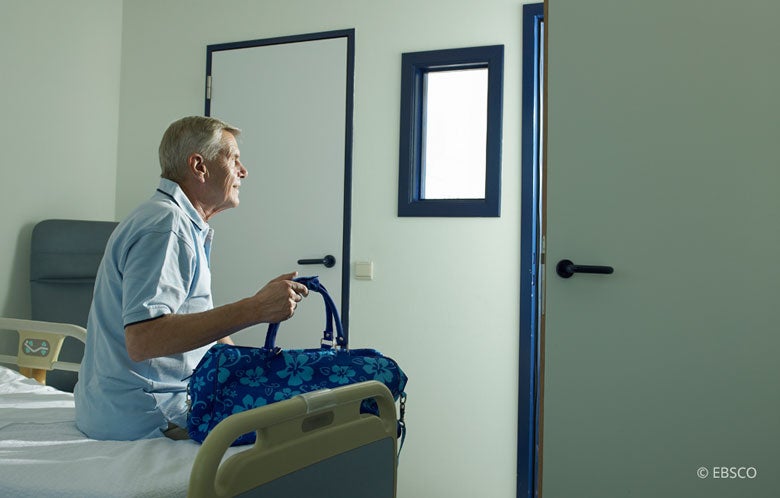Just over a month ago, a one-page correspondence in the Lancet made big headlines hypothesizing that angiotensin converting enzyme (ACE) inhibitors put patients at risk for severe COVID-19 infection. More importantly, the authors took it to the next level and suggested that alternative therapies be considered. Confusion and panic ensued, and many patients were taken off their ACE inhibitors out of “an abundance of caution” in order to avoid potential harms of the medications. The truth is, relying on pathophysiologic-based reasoning to make clinical decisions was potentially more harmful than leaving these patients on their ACE inhibitors.
A retrospective cohort study out of China evaluated the effect of ACE inhibitors and angiotensin II receptor blockers (ARBs) on mortality in hospitalized adults aged 18-74 with confirmed COVID-19 and hypertension who were not actively dying of something else. Data were collected for 188 adults who received an ACE inhibitor or ARB while hospitalized and 940 patients who did not. The non-ACE/ARB group was more likely to have fever, dyspnea, or bilateral lung lesions on CT at presentation, while the ACE/ARB group was more likely to have been treated with antivirals, diuretics, and beta blockers, and to have comorbid coronary artery disease. Presence of comorbid heart failure was not reported. Propensity score-matched cohorts were created, and data were analyzed in matched as well as unmatched cohorts. In both cohorts, treatment with an ACE inhibitor or ARB during hospitalization was significantly associated with a lower risk of all-cause mortality at 28 days of follow-up, with hazard ratios of 0.37 (favoring the ACE/ARB group) in both analyses.
As with any study that lacks randomization, there are likely important differences in these two cohorts that made patients inherently more or less likely to receive ACEs or ARBs in the first place. Maybe patients in the non-ACE/ARB group were sicker and had hypotension and so couldn’t have tolerated ACE/ARBs, given that they weren’t more likely to have received other antihypertensives. Maybe the ACE/ARB group was more likely to have had heart failure, given that they were more likely to have received all of the guideline-directed therapies for heart failure. We can’t really know what made these groups different, just that they likely were in some ways. The propensity analysis does what it can to account for these confounders, but randomization is still better.
This highlights very clearly what can be at stake when relying on pathophysiologic-based reasoning rather than evidence for clinical decision-making.
This highlights very clearly what can be at stake when relying on pathophysiologic-based reasoning rather than evidence for clinical decision-making.
Even so, this study from a population with hypertension provides the best available evidence on the question of whether ACE inhibitors and ARBs increase the risk of dying in adults with COVID-19 as was hypothesized in the Lancet commentary. To the contrary, ACE inhibitors and ARBs were associated with lower mortality. This highlights very clearly what can be at stake when relying on pathophysiologic-based reasoning rather than evidence for clinical decision-making. It is not about what should happen based on pathophysiology, it is about what does happen. And we can only know that by doing studies, preferably randomized trials that allow for prognostically equal groups and causal associations.
Let’s first do no harm and not make decisions based solely on theoretical concerns of possible harm. In an emergency, the evidence we need may not yet exist and decisions have to be made in the moment, but the bias should be towards clinical evidence over pathophysiologic justifications.
For more information, see the topic COVID-19 and Cardiovascular Disease Patients in DynaMed.
EBM Focus articles provide concise summaries of clinical trials most likely to inform clinical practice curated by the DynaMed editorial team.



